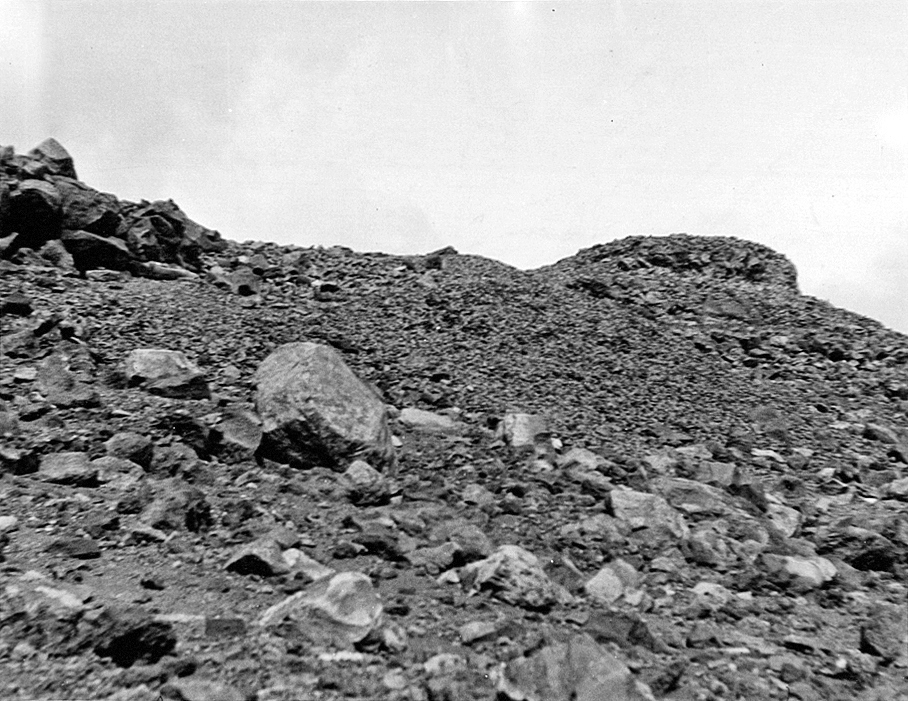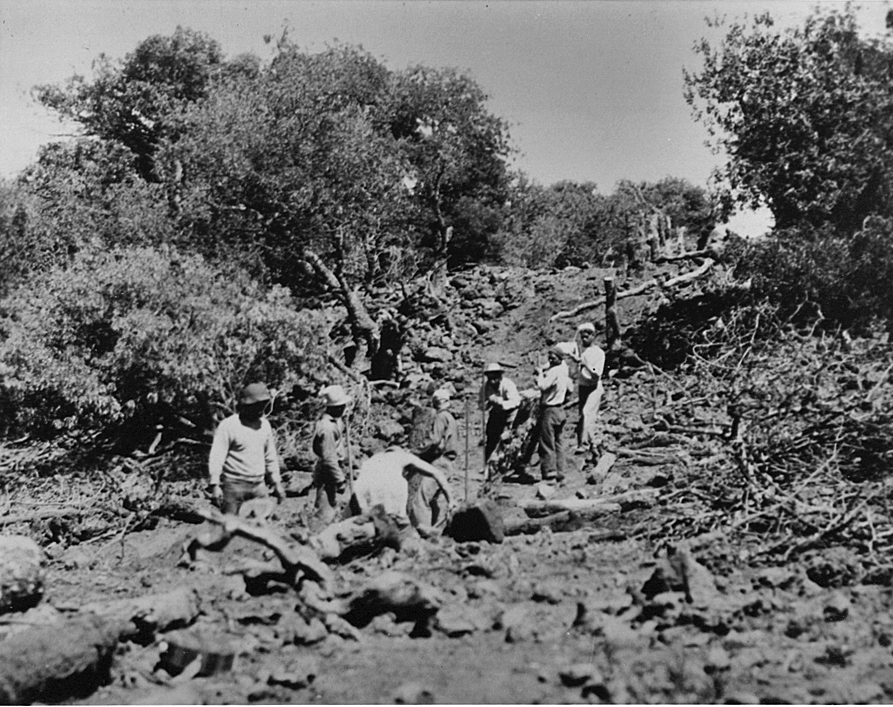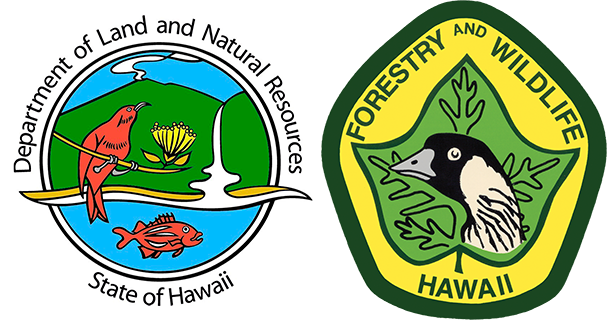Palila Forest Discovery Trail
A FOREST LIKE NO OTHER

Take a journey through Mauna Kea’s high-elevation dry forest. High above tropical rain clouds, this forest has adapted to an extremely dry and cold climate normally found on continents. As you explore this special place, you will see plants and animals found nowhere else in the world.
This forest is one of the last large tracts of dry forest left in Hawai‘i. While there are serious threats to this forest, restoration efforts are helping to protect this special home of the critically endangered Palila.
View Map of Palila Forest Discovery Trail Here
Haiamū ka manu i ka pua o ka māmane.
—Mary Kawena Pukui, ‘Ōlelo No‘eau
The birds gather about the māmane blossom.
Enjoy your hike responsibly
Information on the hike and how to do it safely:
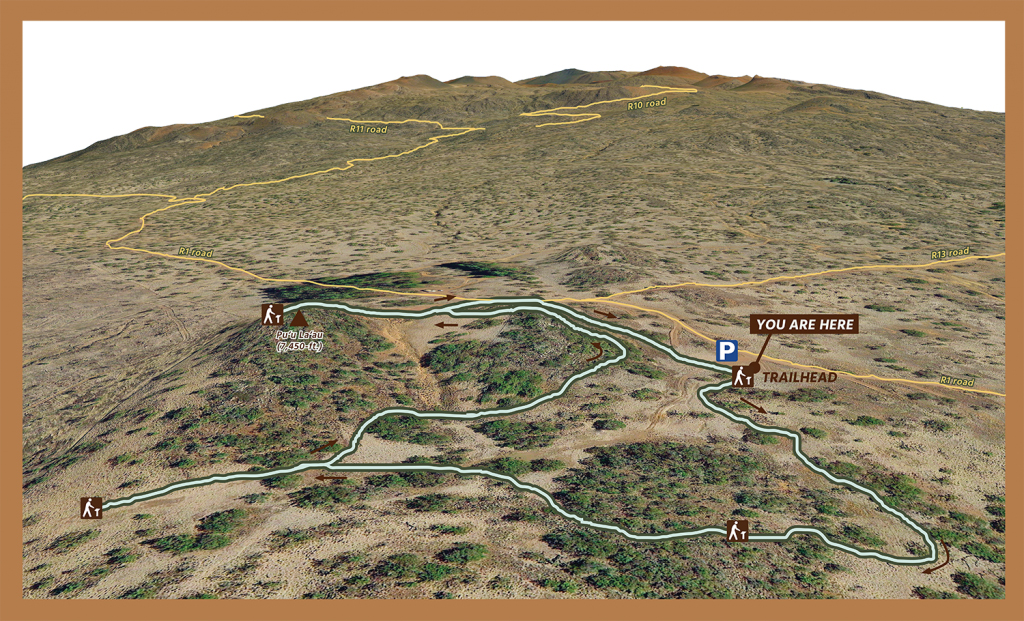
The Palila Forest Discovery Trail is a one‑mile loop averaging 7,000 feet in elevation. This area receives about 20 inches of rain a year and can frost in the winter months.
Please, no smoking.
Note: 4×4 vehicle access only to trailhead.
Be Prepared
- Water
- Hiking shoes
- Rain gear
- Sunscreen
- Binoculars
- Camera
Help protect our forests from Rapid ʻŌhiʻa Death and other invasive diseases and weeds
A DIVERSITY OF LIFE
Mauna Kea’s high-elevation dry forest is home to a diversity of plants and animals in an ecosystem unique to this mountain:
Native Birds
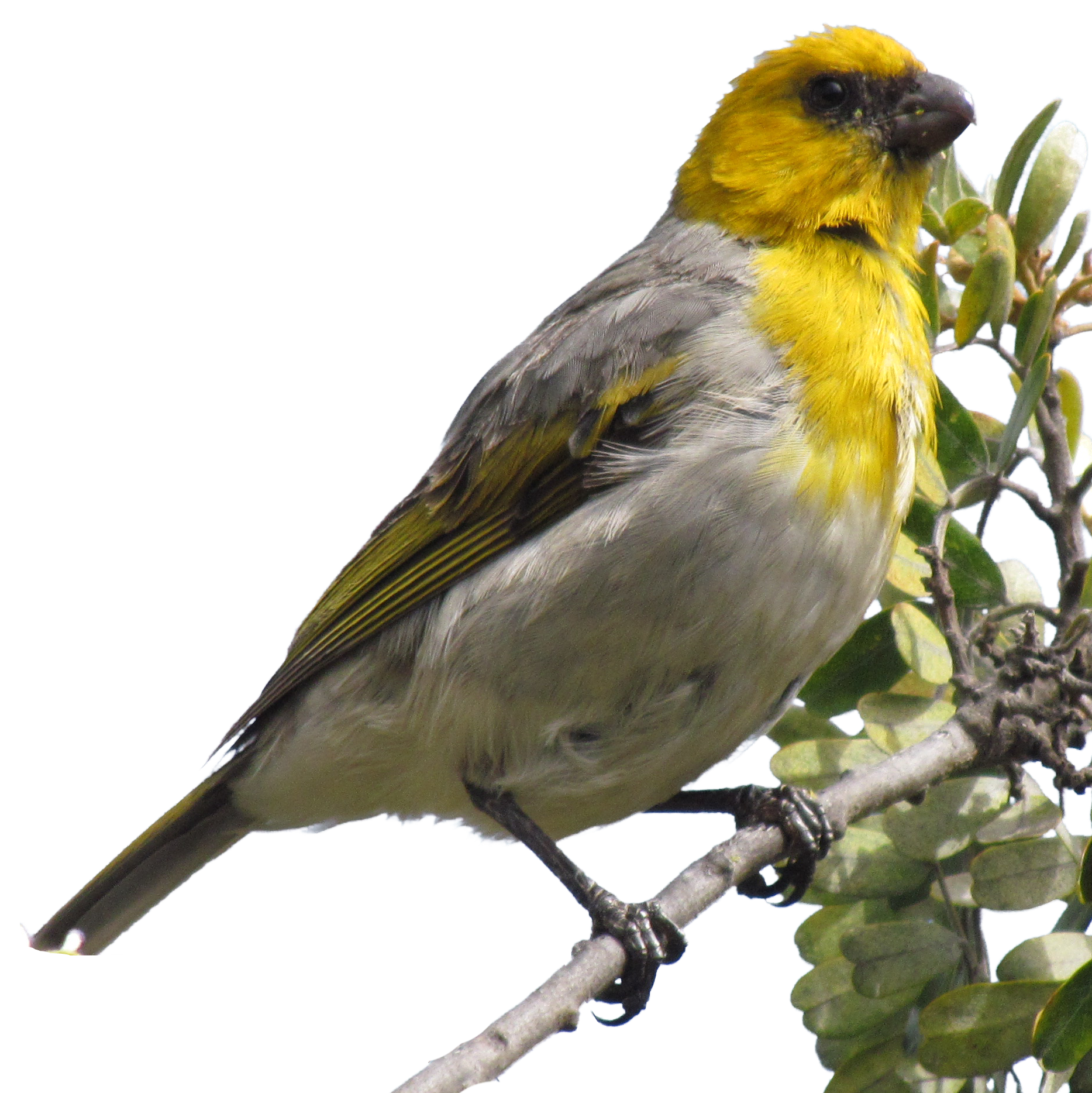
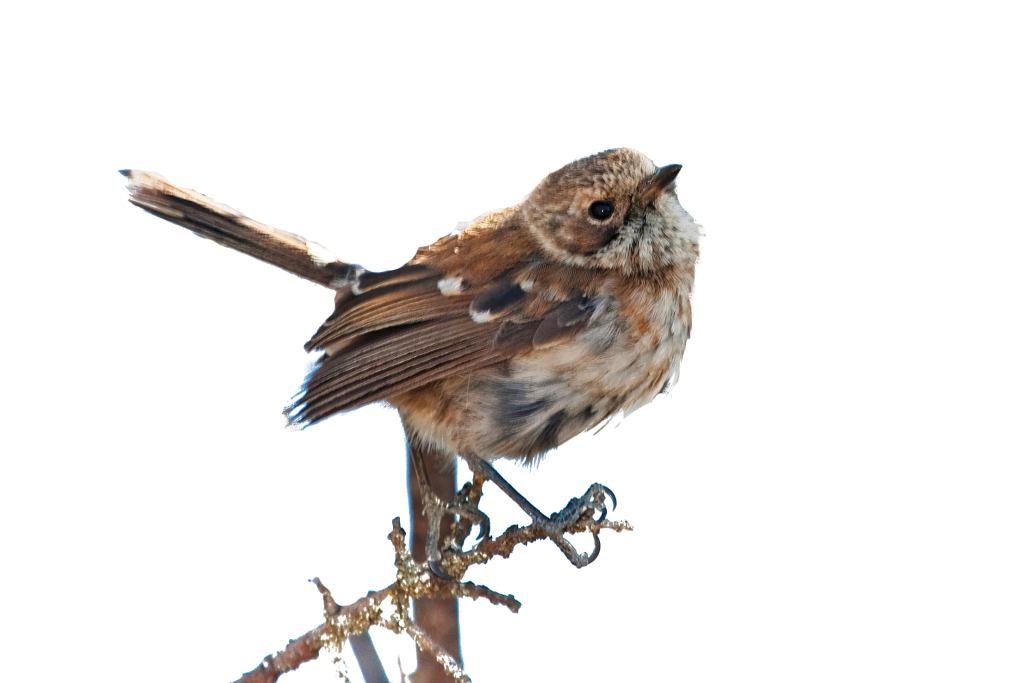
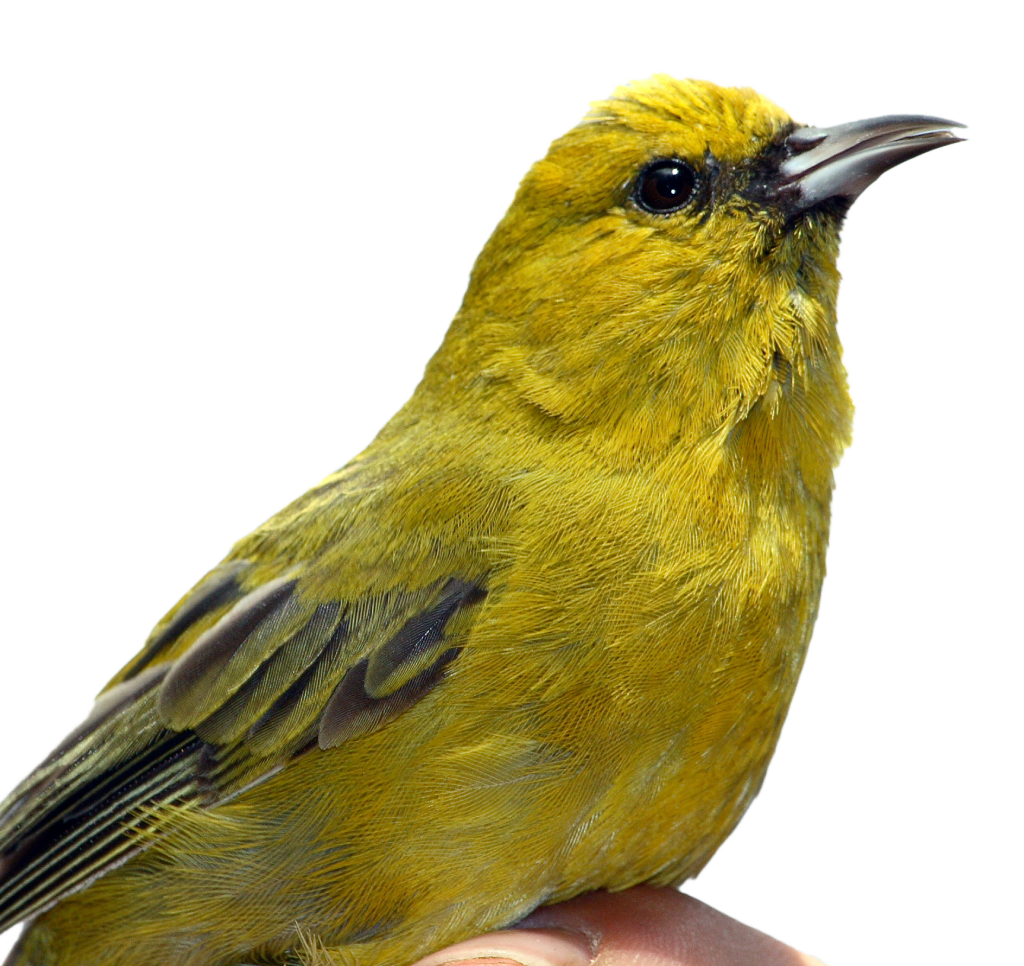
Native Plants
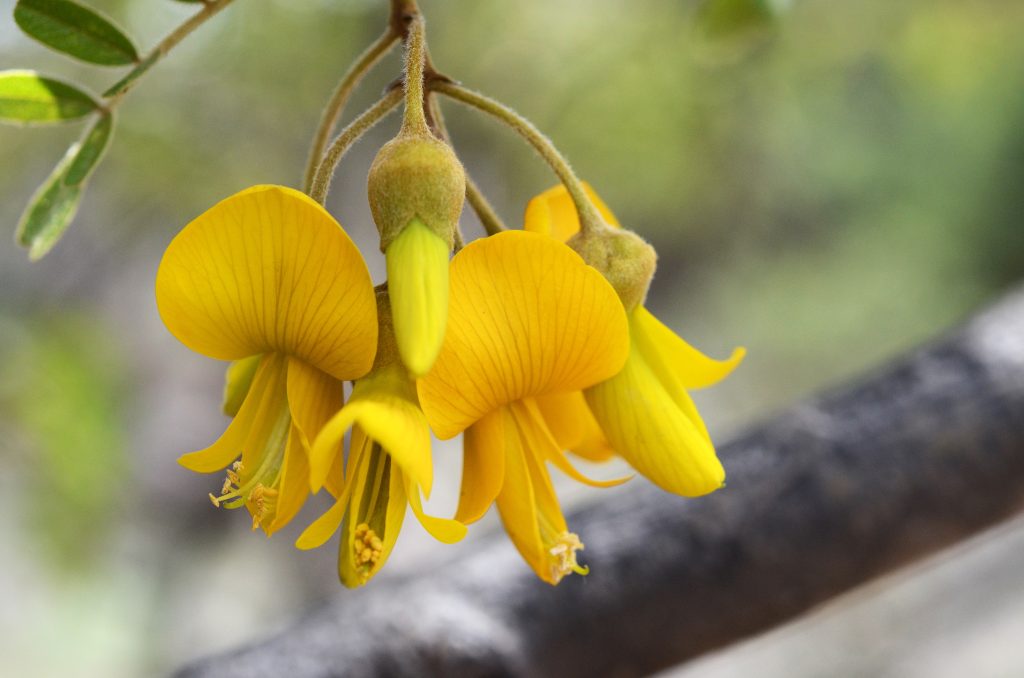

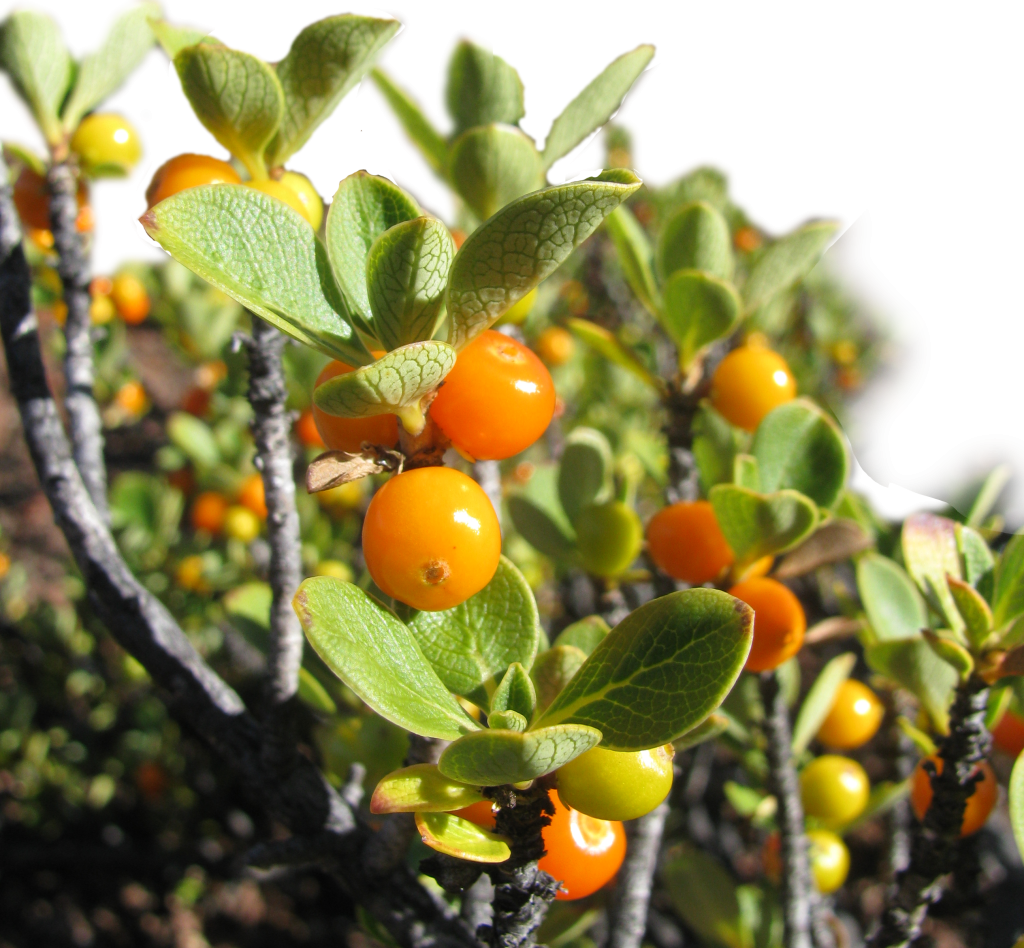
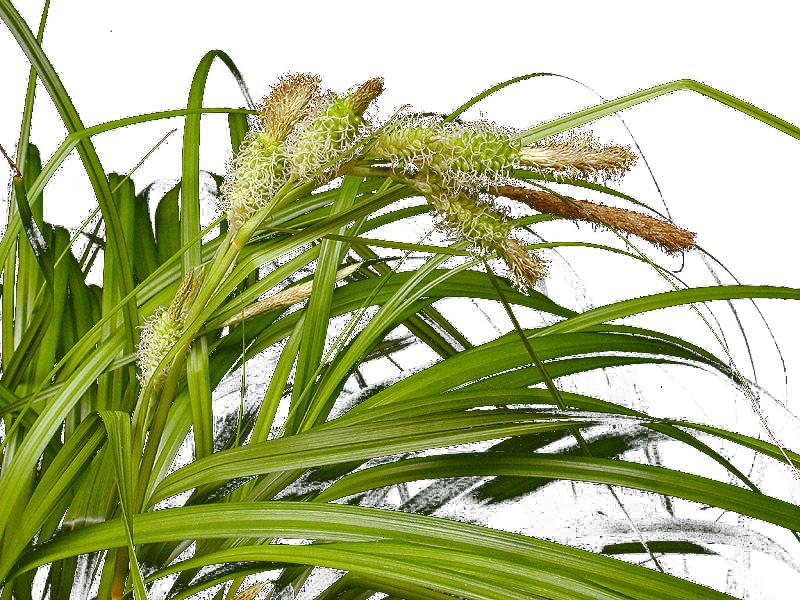
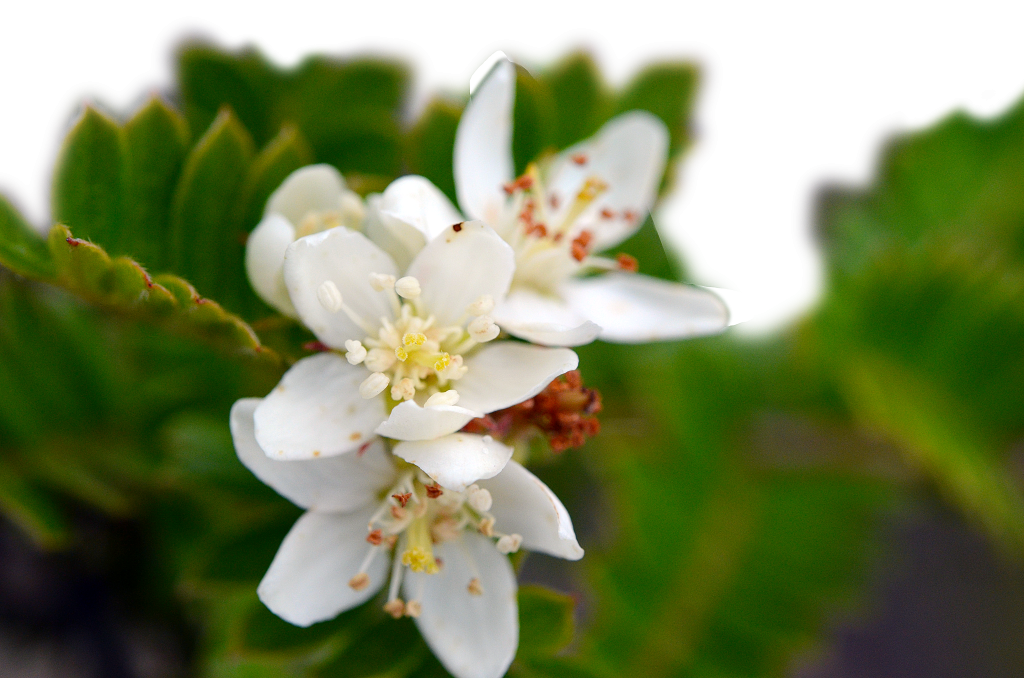
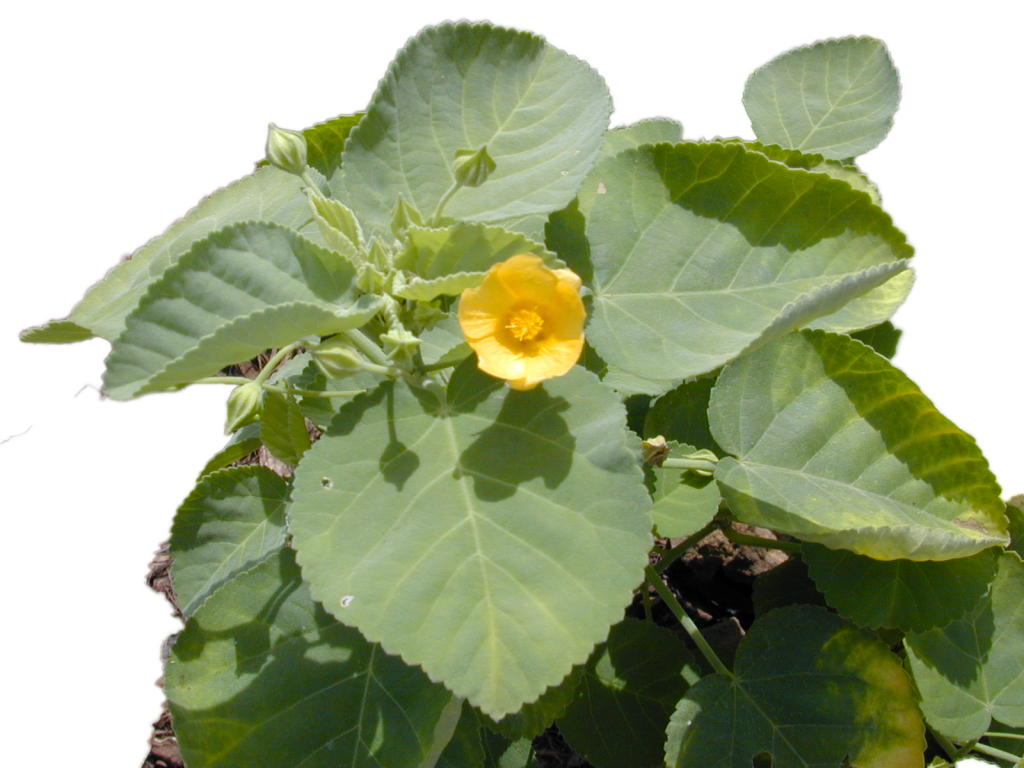
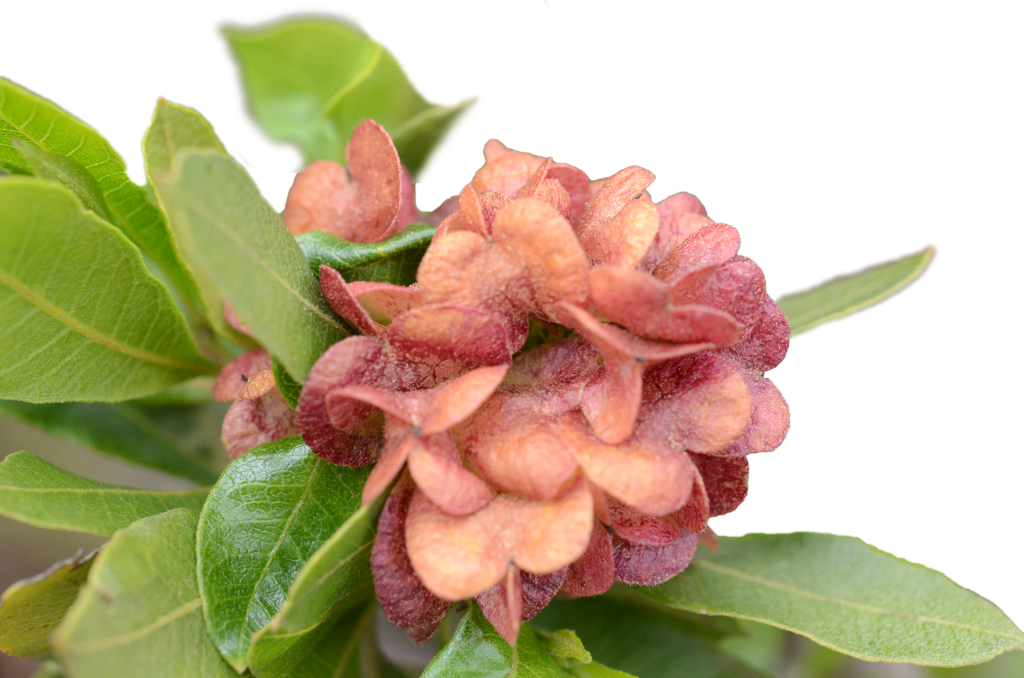
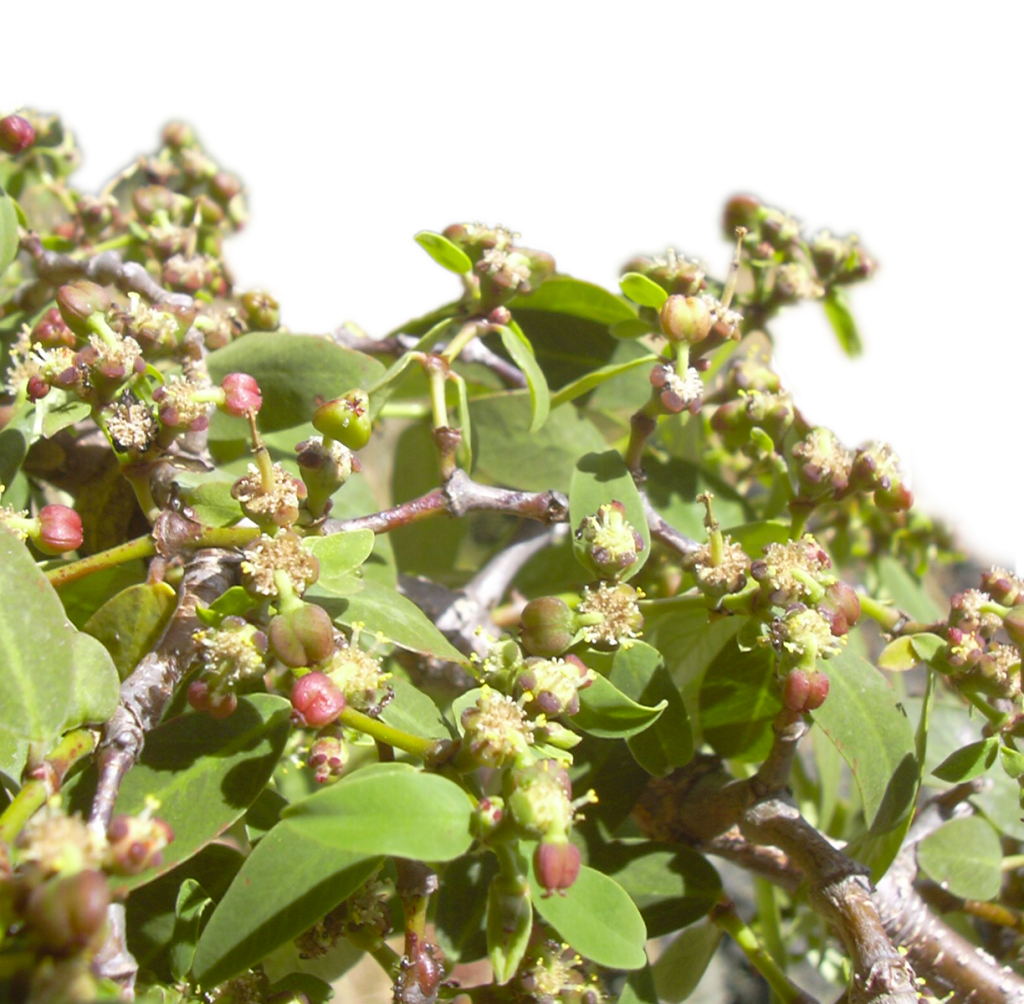
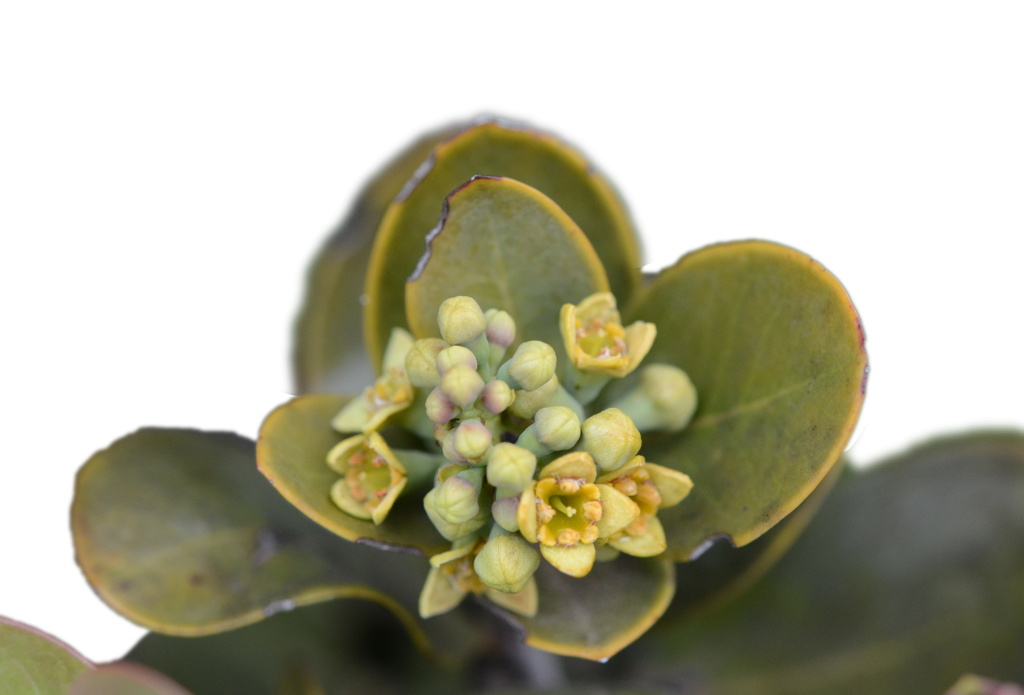

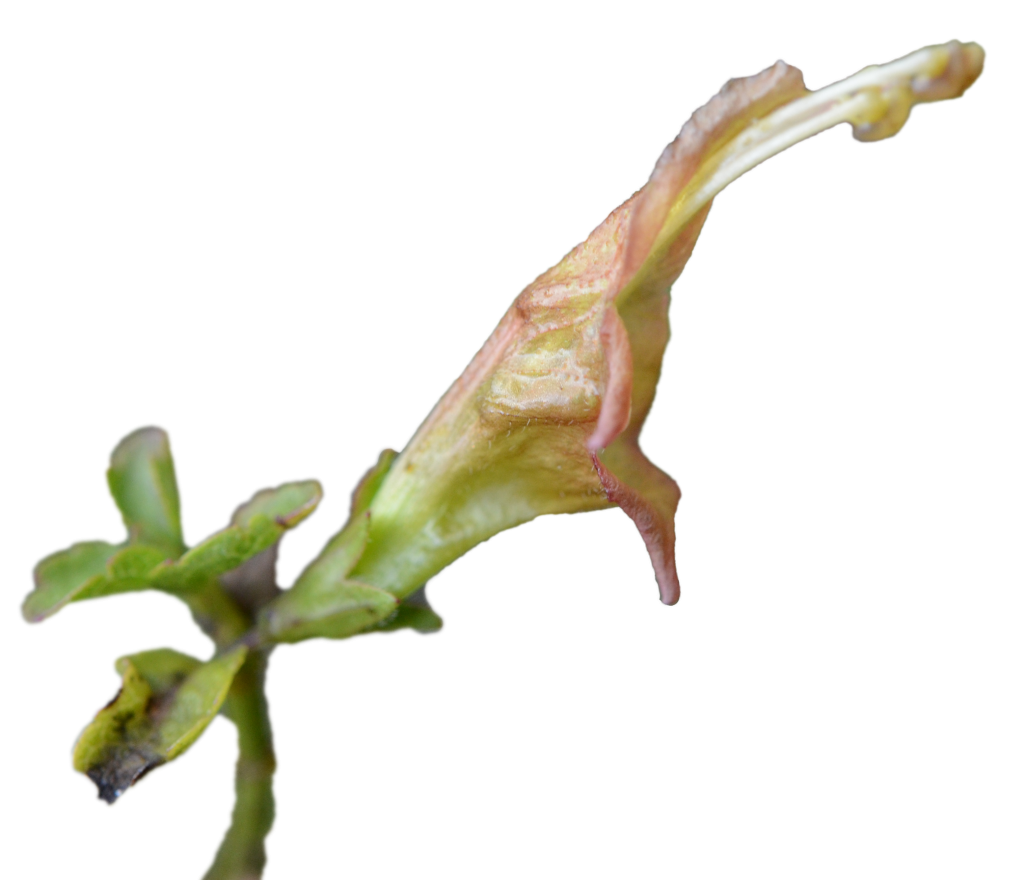
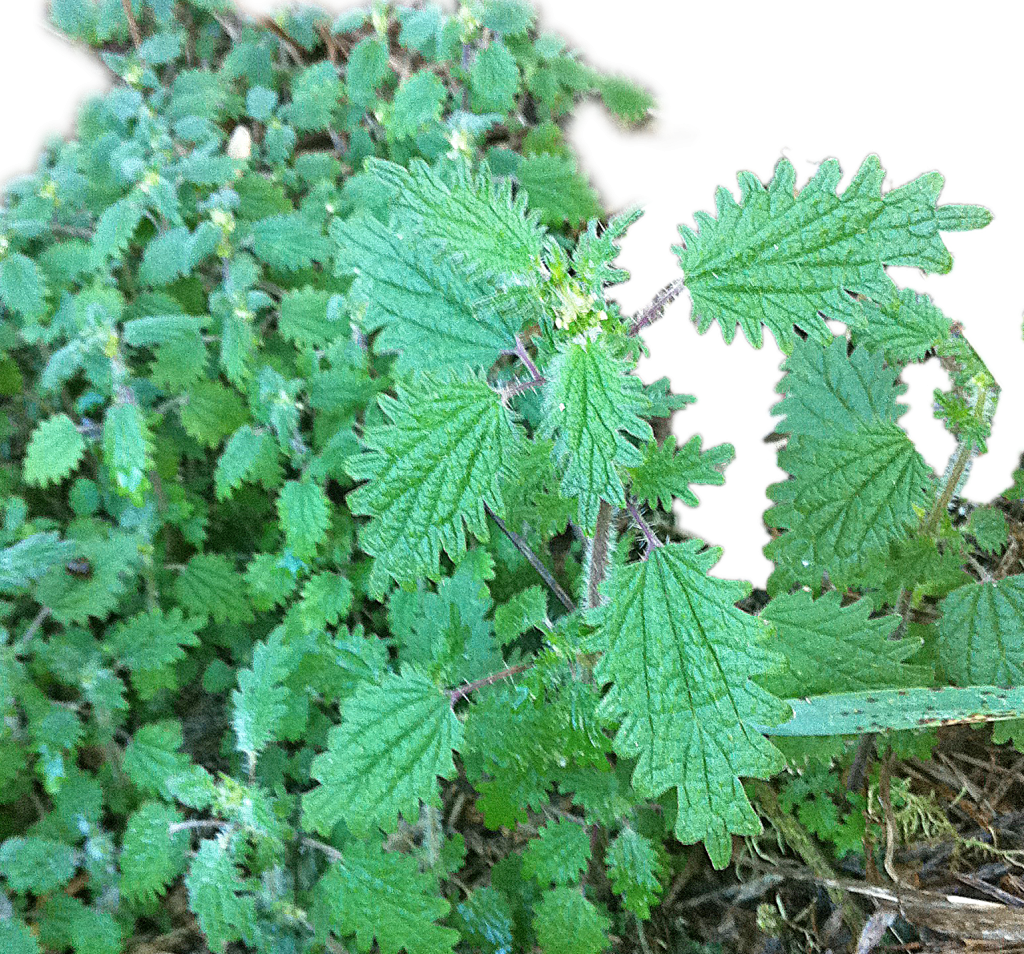
Invasive Plants
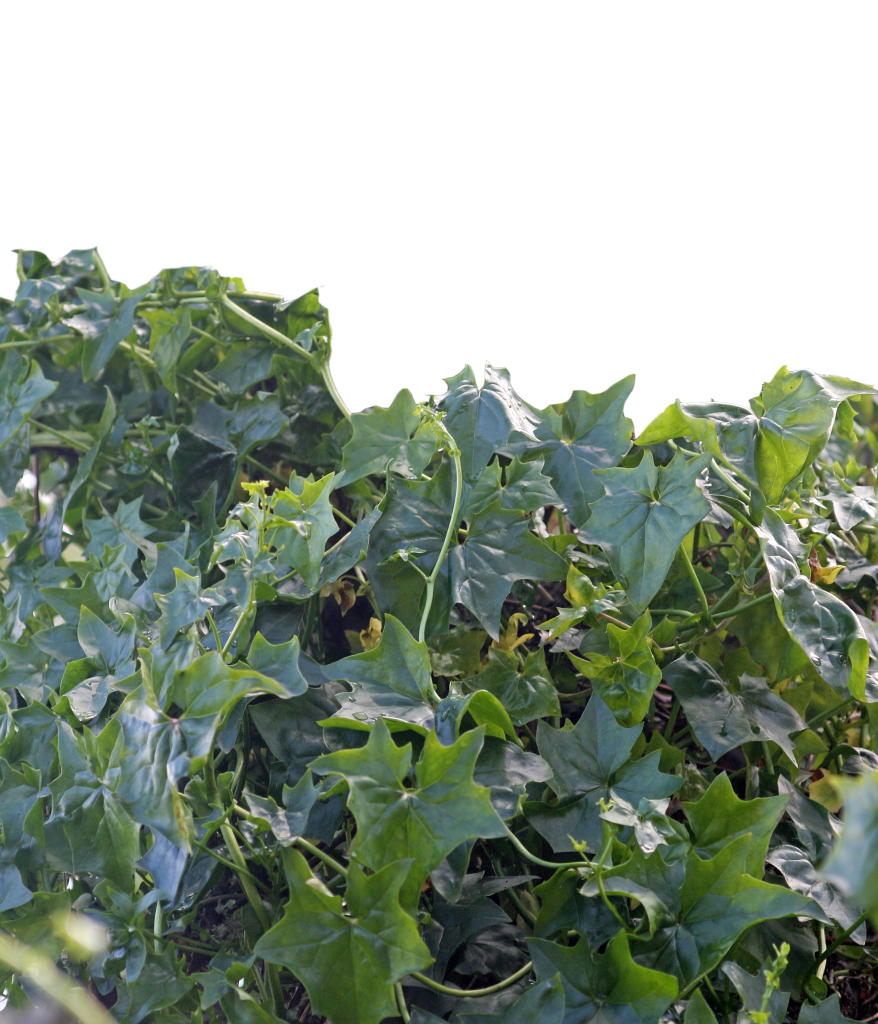
Introduced Wildlife
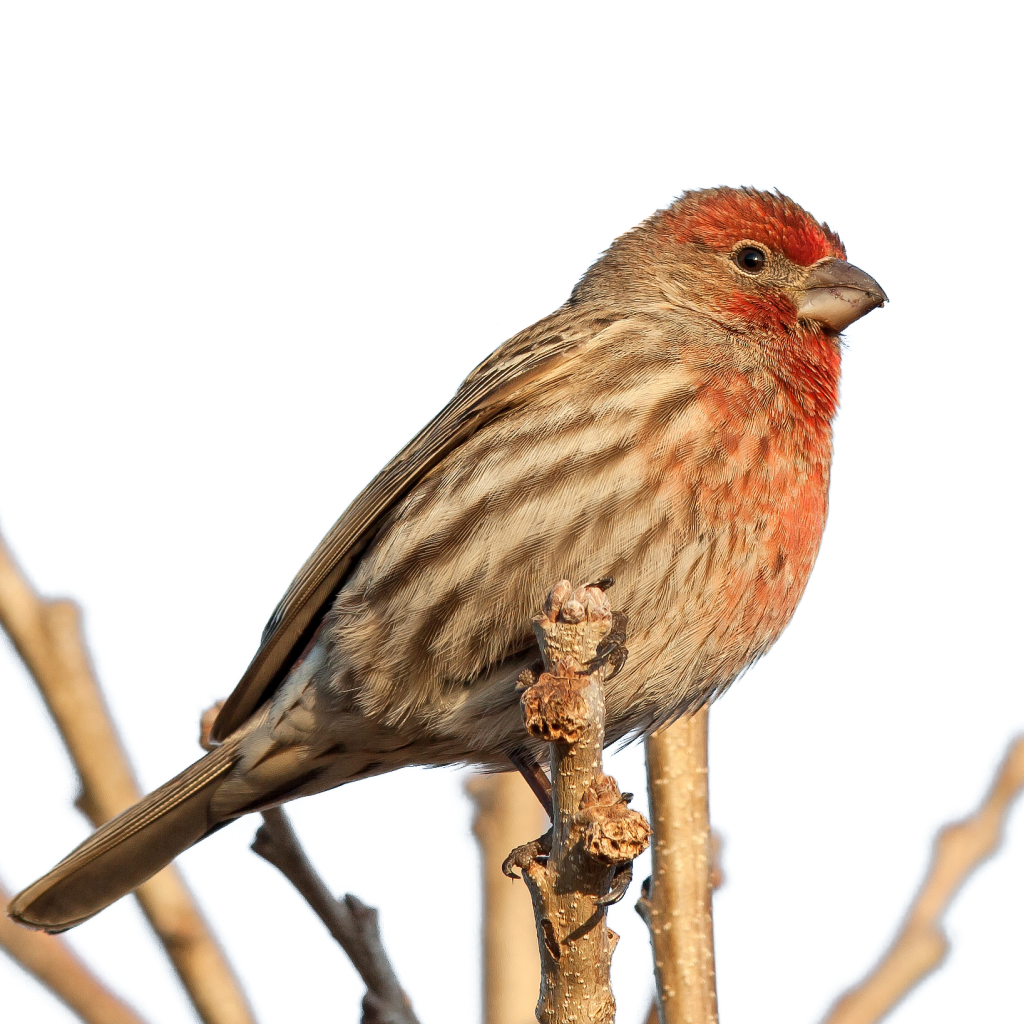
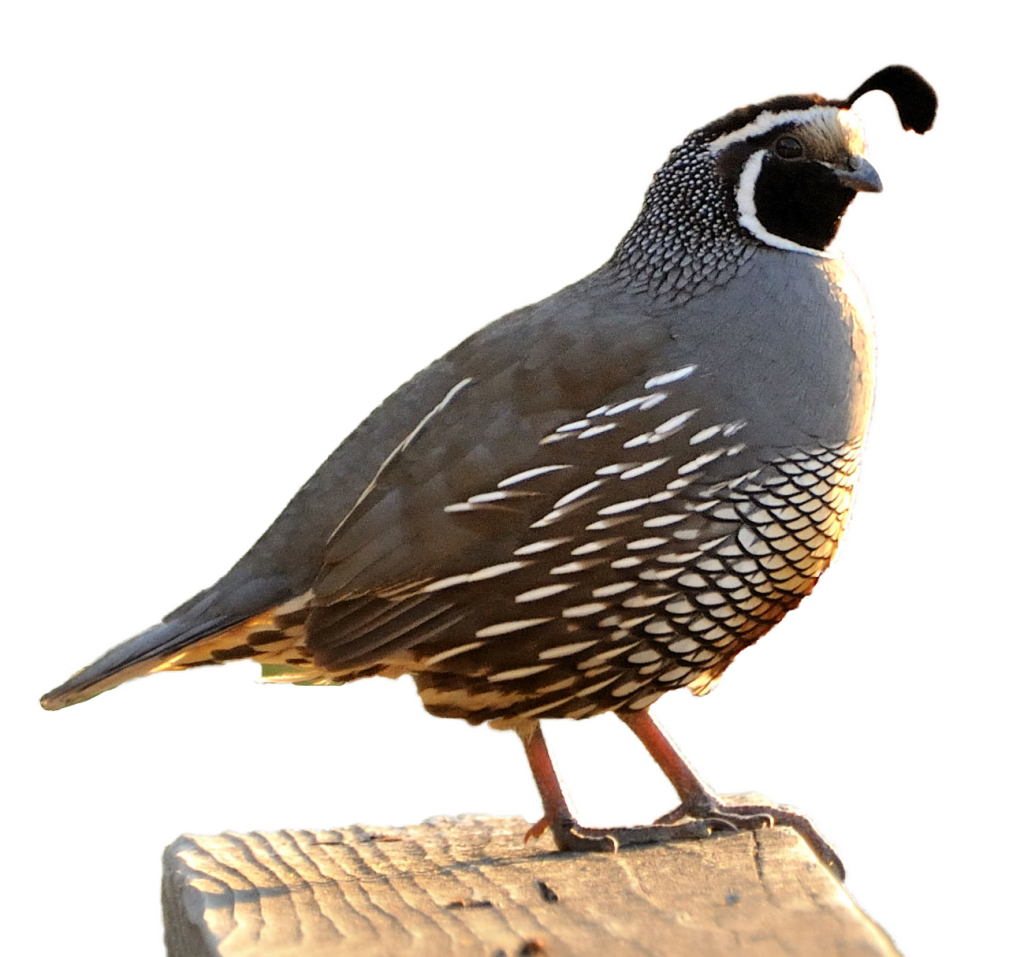

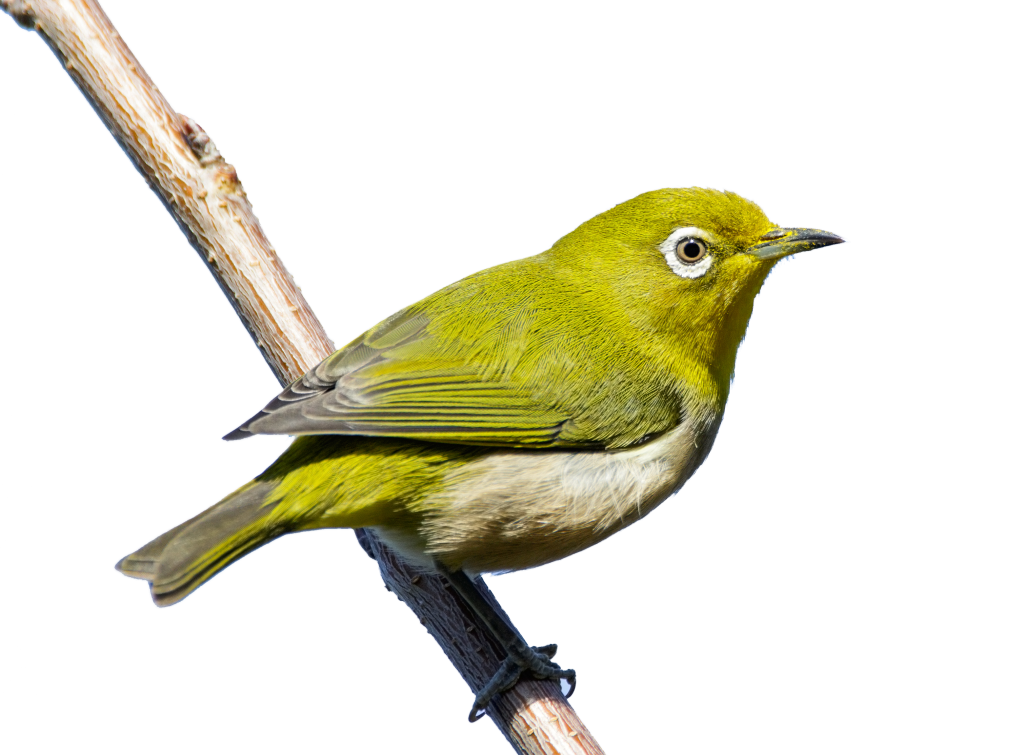
A THREATENED HOME
This remnant dry forest ecosystem is still facing constant threats today:

Sheep, cattle, and other browsing animals eat māmane seedlings and saplings as well as damage older trees
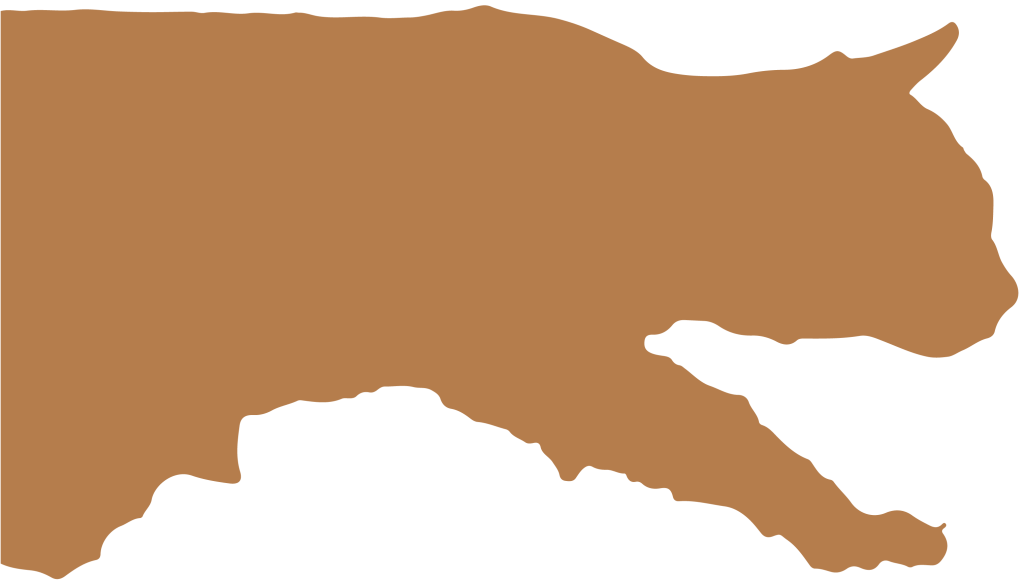
Feral cats, rats, and mongooses injure and kill native birds, their nestlings, and nests
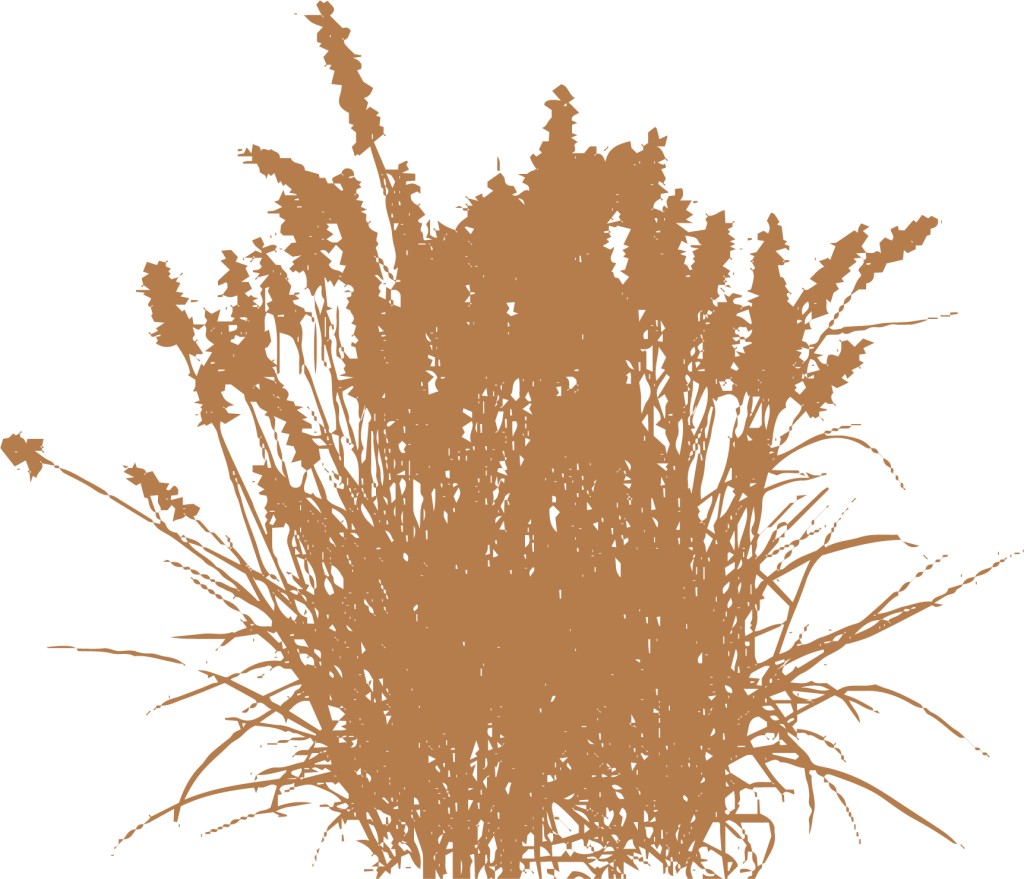
Invasive plants compete with native species

Fire destroys our native forests and its effects are exacerbated by invasive grasses

Climate change means longer and more frequent drought periods, limiting tree growth and food for native wildlife
A REVERED FOREST
Today, the area’s special qualities can still be felt:
As part of the wao akua (or realm of the gods), this kuahea zone is dominated by old-growth māmane and naio trees. Birds such as the palila, ‘amakihi, and ‘elepaio flew about in this pristine environment, rarely visited by early Hawaiians.
The few who did travel through this forest were on their way to the summit to obtain valuable adze stones and to pay respects to the sacred summit region.

